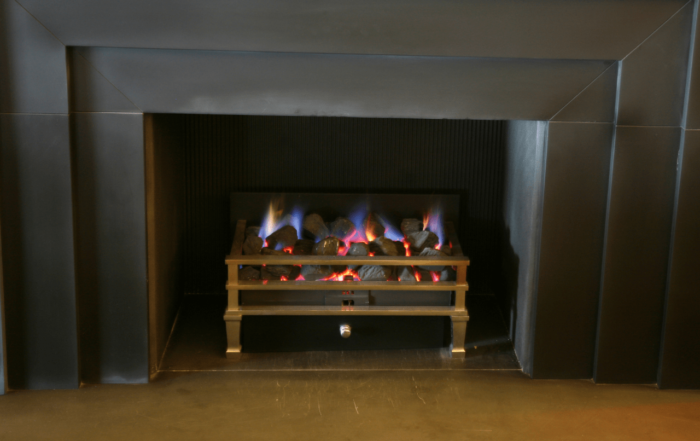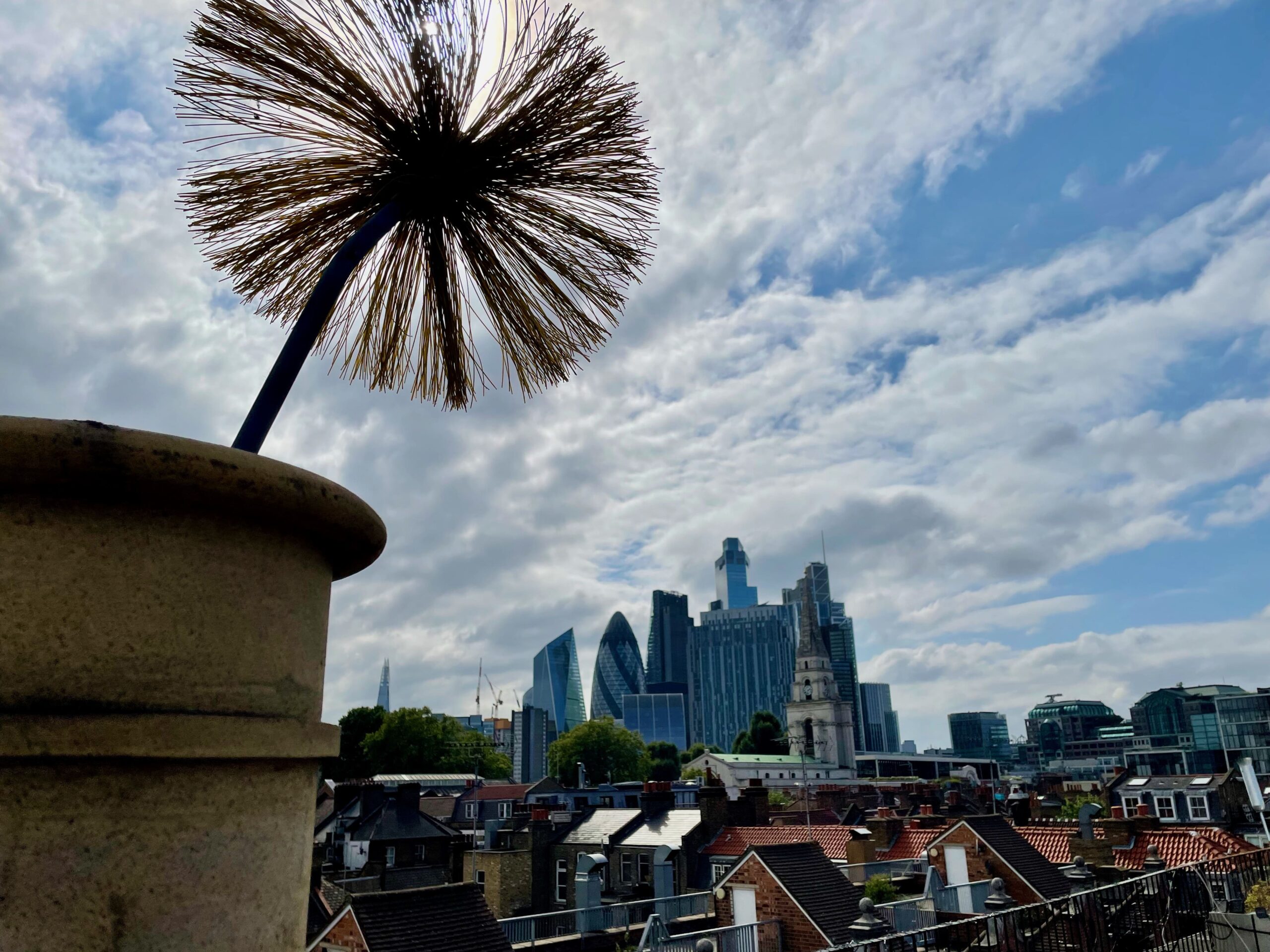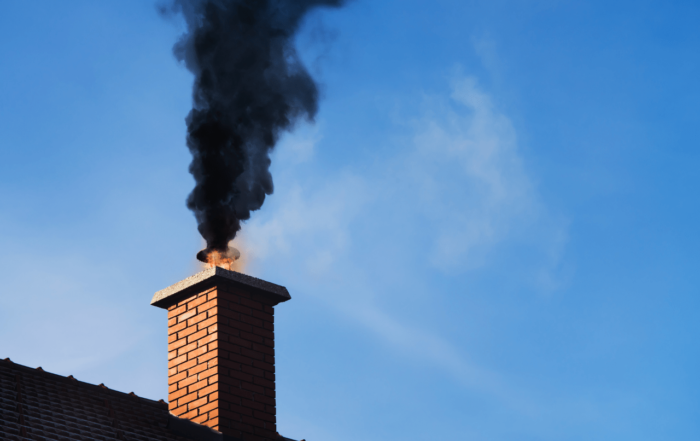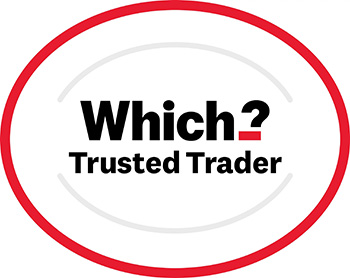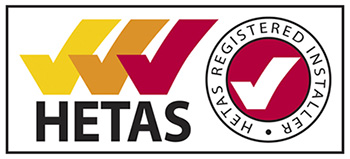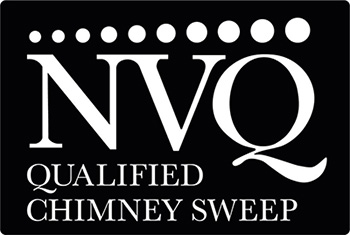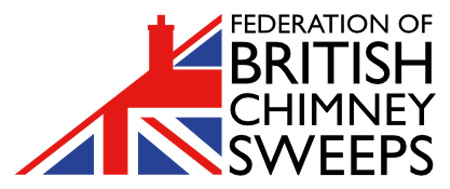Chimney Flue Lining London, Hertfordshire and Essex
If your chimney flue liner isn’t sufficiently or correctly lined, smoke, tar and acids will be absorbed by the chimney walls, leading to the mortar joints losing their stability, your exterior stonework becoming stained and even dangerous fumes leaking into your home.
Chimney flue liners have benefits as well as keeping your family safe, including:
- Eliminate leaks
- Improve stove performance and efficiency
- Better up-draught
- No unsightly staining
- Less particle emissions and deposits
- Easier to maintain.
Since 1965 building regulations have specified that new chimneys should be lined. Most stove manufacturers now list it as a requirement. If an old chimney is to be reinstated a pressure test is needed to check on feasibility.
If the chimney has failed a pressure test the flue must be lined. There are different methods available, the best option will mainly depend on two factors – the appliance and construction of the original flue.
Stoves or closed appliances
The most common lining method for a stove or closed appliance is stainless steel. With the use of a stove pipe/ adapter, a closed appliance can be connected direct onto a stainless steel chimney liner, thus making a smooth passage for the gasses to travel. Closed appliances also require a smaller diameter flue, an appropriately sized flue liner can usually be passed down the original brick flue – we recommend this is checked first with a camera inspection.
In our opinion it is always better for performance and efficiency to line a chimney that is serving a stove or closed appliance. For our steel liners we use Schiedel products. These are recognised as being one of the best on the market and we will not compromise on quality or safety by using cheap alternatives.
Open fires
Open fires will require a larger flue diameter. In many cases this makes lining the chimney in steel very difficult. The original flue is likely to have bends which would obstruct a liner. In this case it would be necessary to make a hole in the chimney breast to feed the liner round.
Popular methods for lining an open appliance are Eldfast, Thermocrete and Furanflex. These techniques can repair your chimney without the need to remove the fireplace or make holes in the chimney breast. We do not specialise in these methods, but we can advise when these will be the best solution and recommend local companies.
Bear in mind that all lining methods have a life expectancy, and this can be severely reduced by burning the wrong fuels and incorrect use.
Keep your household safe by ensuring your chimneys are properly lined in accordance with current regulations.
If you have an older property, the chimneys are made up of lime and mortar and could be porous or leaky. A huge number of chimneys in the UK are over 100 years old. Years of heavy usage, sweeping and two world wars can take its toll.
View our Blog
Does My Gas Fire Need Chimney Sweeping?
If you have a wood or coal fire, you’re probably already aware that your fireplace will need some maintenance. However, if you have a gas fire, you may be wondering whether your gas fire needs [...]
What is a Smoke Control Area?
Today, we’re going to be talking about smoke control areas and the importance of burning the correct fuel. It’s important that you’re aware of which fuels you can and can’t use, otherwise you could face [...]
Chimney Fires – How to Prevent Them and What to Do If you Have One
The chimney may be a treasured asset in your home, but they do come with risks. Purchasing a home with a chimney is large responsibility (although totally worth it) as they require you to have [...]
We’re approved
By using us you can have the peace of mind you will receive an excellent standard of service

